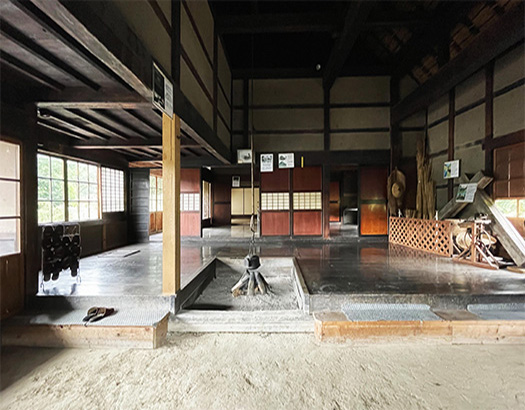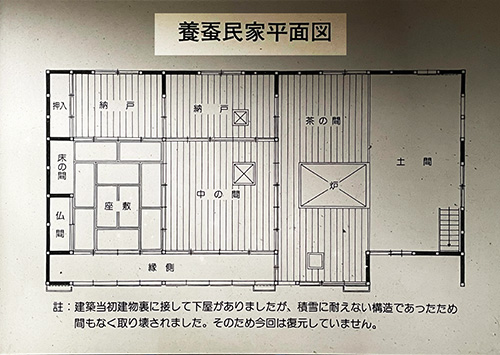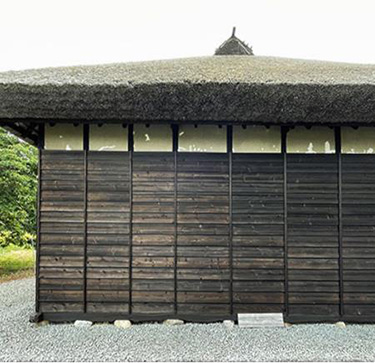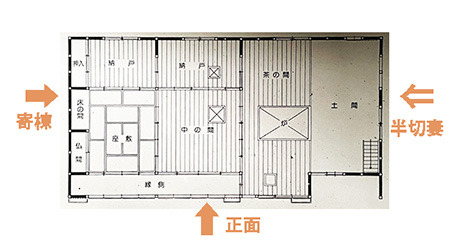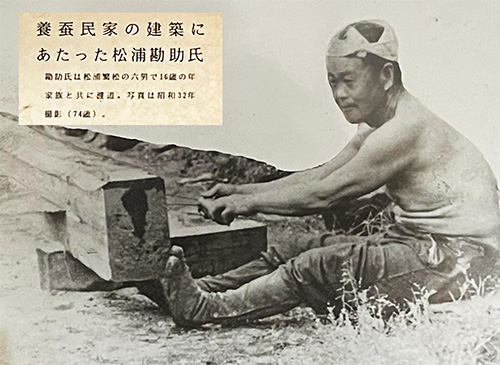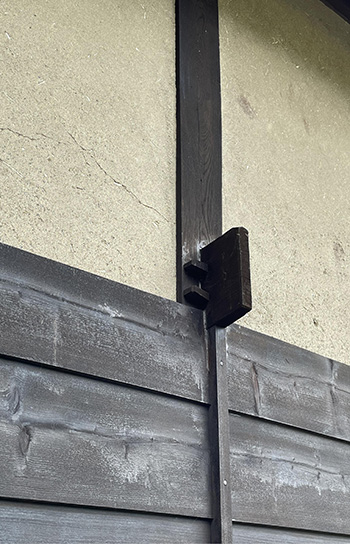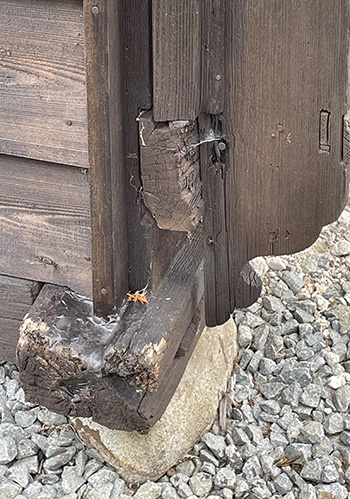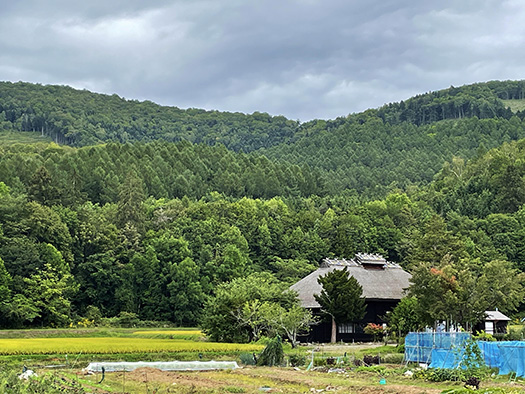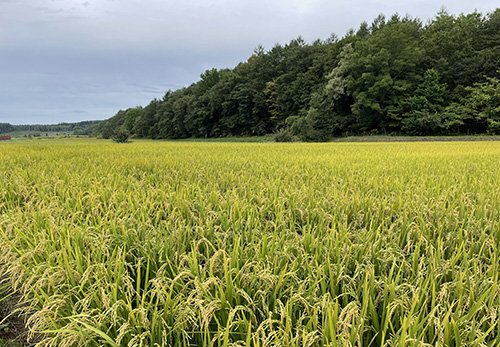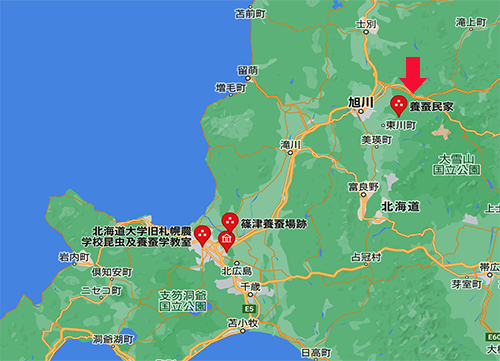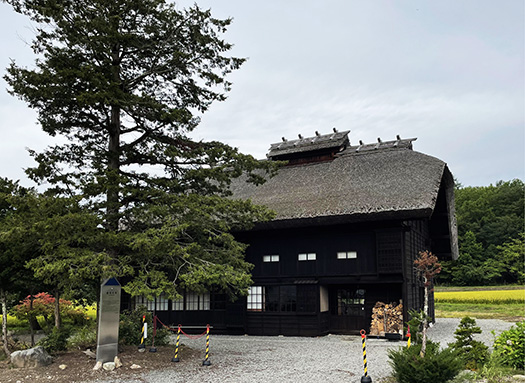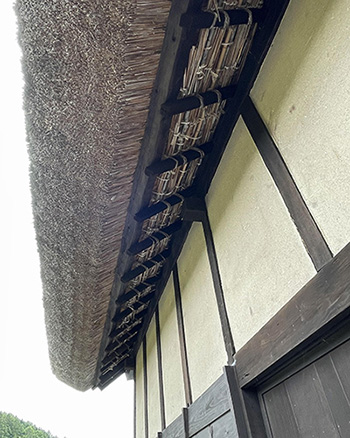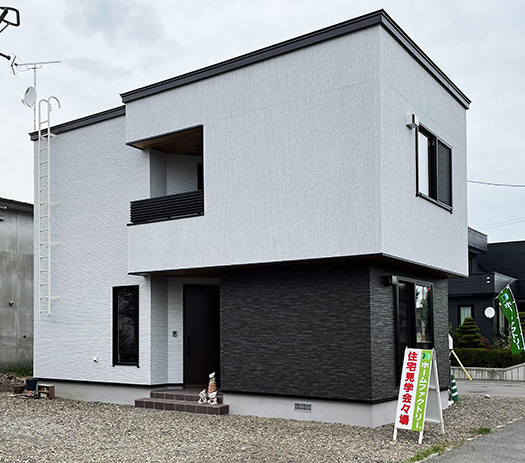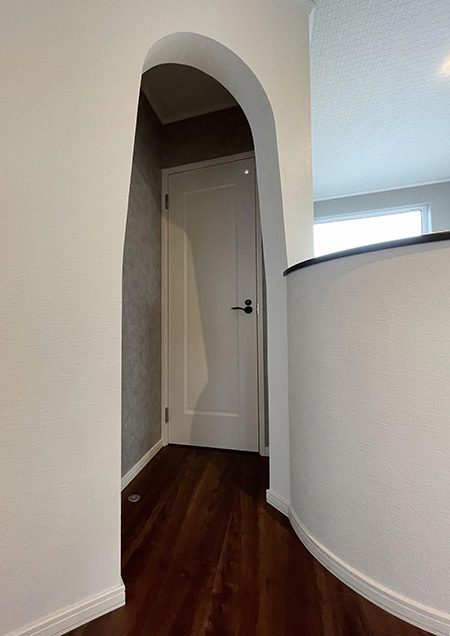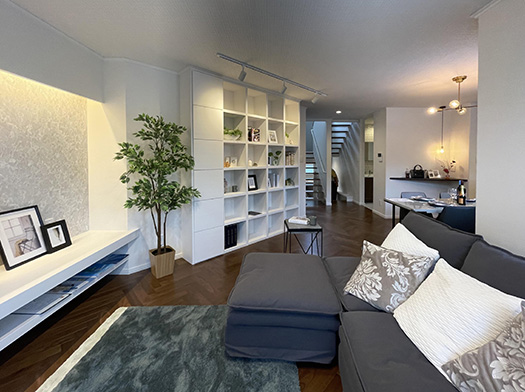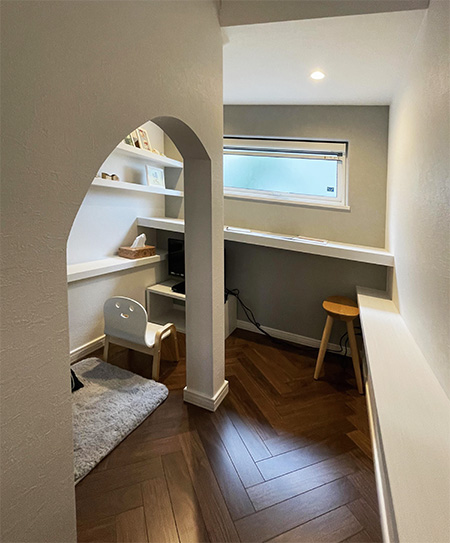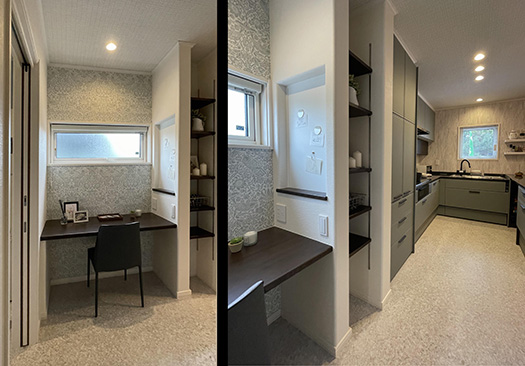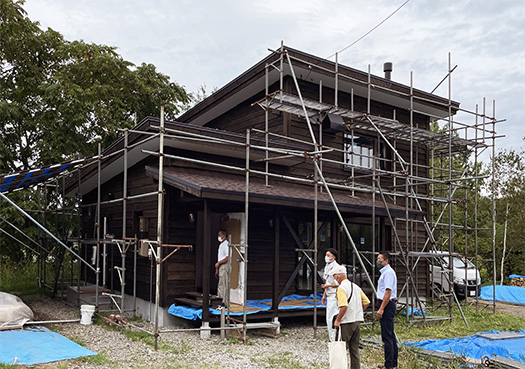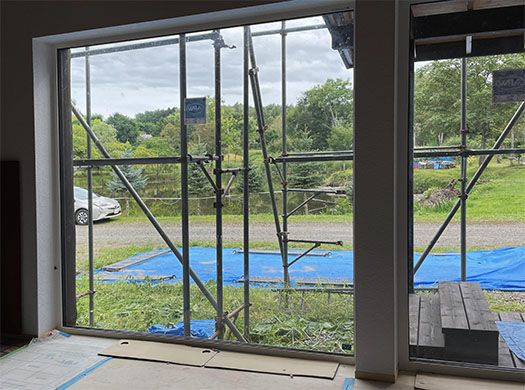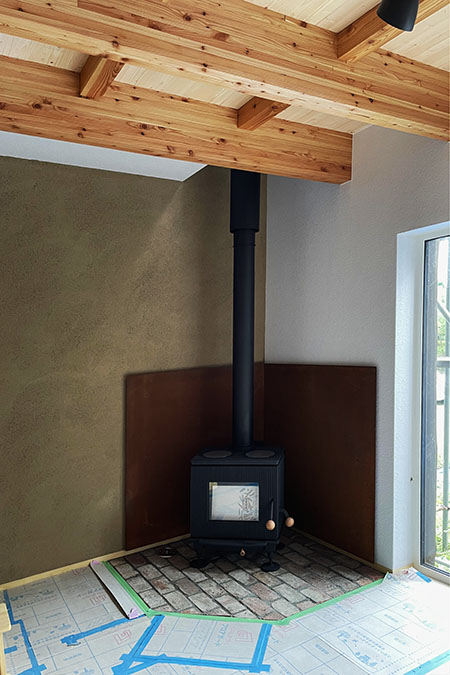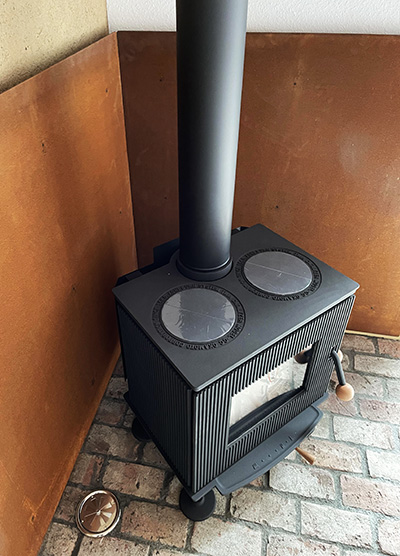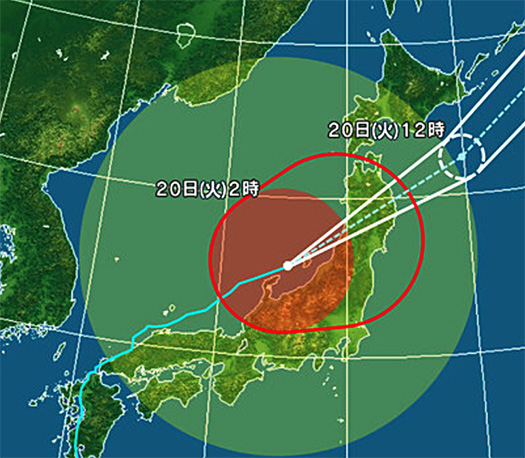
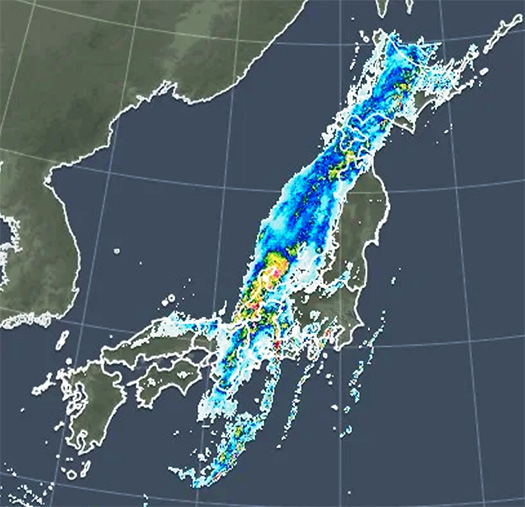
さて個人としての住宅取材データの復元が見通せない日々、4日目。
データレスキュー専門店も連休中のなか、じっとガマンであります。
しかし諦めることなく、時間を見てはムダな抵抗を試みております。
そうするとパソコン本体側の方にいくつかの断片データも発見して
「おお、そういえばこういう取材もしていたな」
と勇気づけられるような画像データも発見される。
21日にはある程度、見通しがついてくるのではと期待していますが、
それまではテーマ的なブログ執筆がしにくい日々。
で、昨日は東北に取材で出張しているスタッフから
「帰りの飛行機が台風で欠航(泣)、20日に振り替えに」
という知らせが届いておりました。
多くのみなさんも連休最終日どころではない状況だと思います。
進路直撃の出雲大社に観光客の姿が見られない様子もテレビで見られた。
最近の台風の報道発表は気象庁の表現変更方針から
温暖化による災害レベルの増大と相まって印象が変わってきている。
まぁ危険回避という意味では対応は理解できるところ。
日本人の気質に即して台風への社会の対応が表現されている、
わたしはいつもそんな印象を抱いております。
地震・台風という社会全体直撃災害が昔から変わらず列島社会を襲った。
そういう結果、とくに明治期以降、情報の共有も進んで
日本人は社会体験の一体化、心理的一体性が他国と比べても
非常に高いレベルで進んでいるのではないかと思っています。
以前、東京から北海道に移住してきた倉本聰さんが
北海道のテレビ局での講演で台風の報道ぶりについて
東京を過ぎたら「台風は抜けました」みたいになる。以北の地域には
これから来る話なのに、と発言されていて面白かったし、
「ああ、この人は東京から脱出したんだな(笑)」とも深く認識した。
なんですが、どうも最近、情報一体性は進んでいると思う。
アメリカなどのような巨大領土国家では各地域毎に気候も違って
なかなか国民の「一体性」は共有されにくいけれど、
日本では狭い領土範囲なので国民の体験意識の共有性がきわめて高い。
熱しやすく冷めやすい、みたいな国民性を知らず知らずに涵養している。
もちろんこのことには良い面もあり、悪い面もあり得るのでしょう。
たぶんこのことが世界の中で特殊な国民性を涵養しているという
自分たち自身での「自戒」要素として認識した方がいい。
今回台風の被害状況はまだ情報が多くはないけれど、
これから情報が整理されていって被害状況があきらかになるのでしょう。
被害が少ないことを祈っております。
English version⬇
Typhoons and the Japanese People’s Consciousness
Earthquakes and typhoons are the inescapable fate of the Japanese archipelago and the Japanese people. They may have a strong connection with the people’s tendency to heat up and cool down easily. …
Well, this is the fourth day of not being able to foresee the restoration of residential coverage data as an individual.
The Data Rescue Specialist is also on a holiday weekend, so we are trying to hold out.
However, we have not given up, and we are trying to resist in vain whenever we find time.
In the process, we found some fragments of data on the main body of the computer.
I found some fragments of data on the computer side, which gave me the courage to say, “Oh, I remember doing some interviews like this.
And then, some encouraging image data is also found.
I expect to have some perspective by the 21st, but until then, I will be writing thematic blogs.
Until then, it is difficult to write a thematic blog.
Yesterday, I received a message from a staff member who is traveling to Tohoku for an interview.
“Our return flight was cancelled due to a typhoon (tears), and it has been rescheduled to the 20th.
The flight was cancelled due to a typhoon and will be rescheduled to the 20th.
I think that many of you are not able to spend the last day of the consecutive holidays.
It was also seen on TV that no tourists could be seen at Izumo-taisha Shrine, which was directly hit by the path of the typhoon.
Recent typhoon reports have been changing from the JMA’s policy of changing the wording of the typhoon.
Coupled with the increase in disaster levels due to global warming, the impression is changing.
Well, the response is understandable in terms of danger avoidance.
I have always had the impression that the way society has responded to this typhoon has had an effect on the Japanese temperament.
I have always had this impression.
Since ancient times, earthquakes and typhoons have struck the archipelago.
As a result, especially since the Meiji Era, information has been shared more and more.
I believe that Japanese people have a very high level of integration of social experiences and psychological unity compared to other countries.
I believe that the Japanese have a very high level of integration of social experiences and psychological unity compared to other countries.
Satoshi Kuramoto, who moved from Tokyo to Hokkaido, once gave a lecture at a TV station in Hokkaido.
Mr. Satoshi Kuramoto, who moved from Tokyo to Hokkaido, once gave a lecture at a Hokkaido TV station about how typhoons are reported.
Once the typhoon passes Tokyo, it is like, “The typhoon has passed. It was interesting to hear him say that the areas north of Tokyo
It was interesting to hear him say, “Oh, he’s talking about the coming typhoon from Tokyo.
I also deeply recognized that “Oh, he has escaped from Tokyo (laugh).
But, apparently, I think that information unity has been progressing rather well recently.
In a huge territorial nation like the U.S., where each region has a different climate, it is not easy to share the “oneness” of the people.
It is difficult to share the “oneness” of the people, but in Japan
In Japan, however, the people’s sense of experience is highly shared because of the narrow territorial limits.
The people of Japan unknowingly cultivate a national character that is easily heated and easily cooled.
Of course, there are good and bad aspects to this.
Perhaps this is the reason why we are cultivating a unique national character in the world.
We should be aware of this as an element of “self-discipline” on our part.
Although there is not much information on the damage caused by the typhoon, it is expected to become clearer in the near future.
I am sure that the damage situation will become clearer as the information becomes more organized.
I hope the damage will be minimal.
Posted on 9月 20th, 2022 by 三木 奎吾
Filed under: 住宅マーケティング, 日本社会・文化研究 | No Comments »






